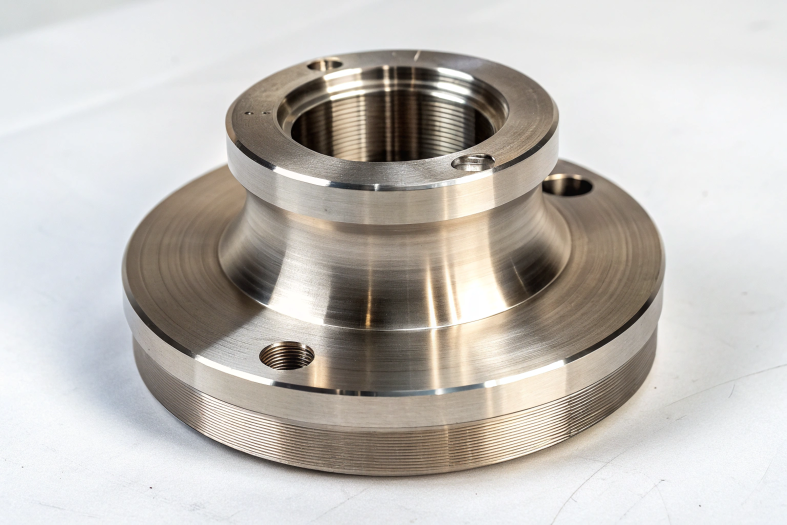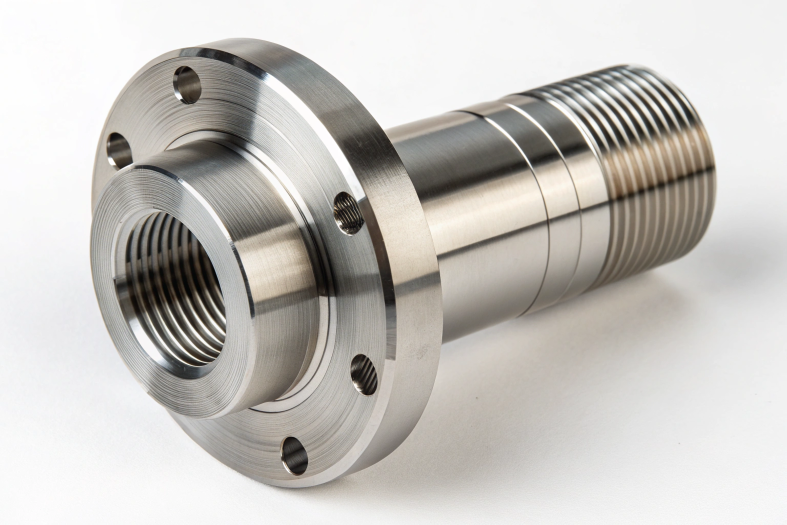Choosing the right machining process is crucial, as inaccuracies can lead to quality issues, increased costs, and client dissatisfaction. Understanding the accuracy of common machining methods allows you to make informed decisions, ensuring precision and efficiency in production. Promachined provides insights to help you achieve these goals.
Direct Answer:
The accuracy of machining processes varies: CNC milling ±0.01mm to ±0.005mm, turning ±0.01mm to ±0.05mm, grinding ±0.001mm to ±0.005mm, and EDM ±0.002mm to ±0.005mm.

1. What is Machining Accuracy?
Machining accuracy refers to the ability of a machining process to produce components within specified tolerances. These tolerances represent the allowable deviation from a desired dimension or geometry.
Key Concepts:
- Tolerance: The permissible variation in a part's dimensions.
- Precision: The degree to which repeated measurements or operations yield the same result.
- Repeatability: The ability of a machine or operator to produce consistent results over multiple runs.
Why Machining Accuracy Matters:
- In industries like aerospace and medical, even the smallest deviation can lead to product failure or safety issues. Achieving high accuracy ensures that components meet design specifications and perform reliably under operational conditions.
2. Factors That Affect Machining Accuracy
Several factors can influence the accuracy of a machining process:
- Material Properties: Materials with different hardness and elasticity can affect how well a tool interacts with the workpiece.
- Machine Type and Capabilities: The design and age of the machine play a significant role in determining achievable accuracy.
- Operator Skill and Experience: Skilled operators can optimize machine settings and adjust for minor errors during machining.
- Environmental Factors: Temperature, humidity, and vibrations can impact the stability of both machines and materials.
- Tool Wear and Maintenance: Worn-out tools can lead to decreased accuracy, which is why regular maintenance is crucial.

3. Accuracy Levels of Common Machining Processes
| Machining Process | Typical Accuracy | High-Precision Capability | Key Features |
|---|---|---|---|
| CNC Machining | ±0.01mm to ±0.005mm | ±0.002mm or better | Automated controls, advanced software, ideal for aerospace, medical, automotive. |
| Manual Machining | ±0.05mm to ±0.1mm | N/A | Depends on operator skill and machine condition, used for simpler components. |
| Additive Manufacturing (3D Printing) | ±0.1mm to ±0.5mm | ±0.05mm (high-end printers) | Material shrinkage and layer-by-layer deposition challenge tight tolerances. |
| Grinding | ±0.001mm to ±0.005mm | N/A | Ideal for finishing processes, ultra-high precision in aerospace and medical. |
| EDM (Electrical Discharge Machining) | ±0.002mm to ±0.005mm | N/A | For complex shapes, tough materials, and tool & die manufacturing. |
| Laser Cutting | ±0.1mm to ±0.3mm | N/A | High precision for thin materials, accuracy varies with material thickness. |
| Waterjet Cutting | ±0.1mm to ±0.3mm | N/A | Suitable for diverse materials, accuracy depends on nozzle size and hardness. |
| Milling | ±0.01mm to ±0.05mm | ±0.005mm (special setups) | Versatile process, can achieve high precision with specialized equipment. |
| Turning (Lathe Machining) | ±0.01mm to ±0.05mm | N/A | Ideal for cylindrical components, tight tolerances in rotational parts. |
| Broaching | ±0.02mm to ±0.05mm | N/A | High precision for cutting gears, keyways, and other complex shapes. |
| Honing | ±0.001mm to ±0.002mm | N/A | Ideal for achieving fine finishes and exact bore sizes, e.g., engine cylinders. |
| Drilling | ±0.1mm to ±0.3mm | N/A | Accuracy limited by drill bit flexibility and material properties. |
| Reaming | ±0.01mm to ±0.05mm | N/A | Used for precise hole diameters and smooth finishes, often after drilling. |
4. Applications and Industry Relevance
Automotive
- Engine components such as pistons and valves require high tolerances (e.g., ±0.005mm) for proper fit and functionality.
Aerospace
- Critical dimensions like turbine blades often need tolerances as tight as ±0.001mm to ensure performance and safety under extreme conditions.
Medical
- Surgical instruments and implants, such as titanium bone screws, demand extreme precision (e.g., ±0.002mm) to ensure proper fit and reduce the risk of complications.
5. Tips for Achieving High Accuracy
- Choosing the Right Machining Process: Select the process that best matches your component’s complexity and tolerance requirements.
- Regular Machine Calibration and Maintenance: Regularly calibrate machines to prevent drift in accuracy.
- Proper Material Selection: Choose materials that are compatible with the machining process and ensure they will perform well within tolerance limits.
- Implementing Quality Control: Use precision measuring tools like Coordinate Measuring Machines (CMM) to inspect parts for accuracy.

6. Conclusion
Achieving high machining accuracy is vital for producing reliable and high-performance components, especially in industries like aerospace, automotive, and medical. By understanding the accuracy levels of various machining processes and the factors that affect them, manufacturers can select the most appropriate technique for their specific needs. Continued advancements in machining technology will further improve the precision and capabilities of these processes.
FAQ:
1. What is the most accurate machining process?
The most accurate machining process is grinding and electrical discharge machining (EDM). Both can achieve extremely tight tolerances of ±0.001mm to ±0.002mm, making them ideal for high-precision applications such as aerospace and medical components.
2. What is accuracy in machining?
Accuracy in machining refers to how closely the dimensions of a machined part match the desired specifications. It involves minimizing deviations from the target dimensions, and is typically measured in microns (µm) or millimeters (mm).
3. What is the accuracy of CNC machining?
The accuracy of CNC machining typically ranges from ±0.01mm to ±0.005mm for standard operations. For high-precision CNC operations, it can achieve accuracies as tight as ±0.002mm or better, depending on the equipment, tooling, and setup.
4. What is the tolerance for machining process?
Tolerance in machining is the allowable deviation from the specified dimensions. Tolerances vary by machining process, material, and the desired precision. For example:
- CNC milling: ±0.01mm to ±0.005mm
- Turning: ±0.01mm to ±0.05mm
- Grinding: ±0.001mm to ±0.005mm
-
EDM: ±0.002mm to ±0.005mm
High-precision machining can achieve even tighter tolerances when specialized equipment and processes are used.


